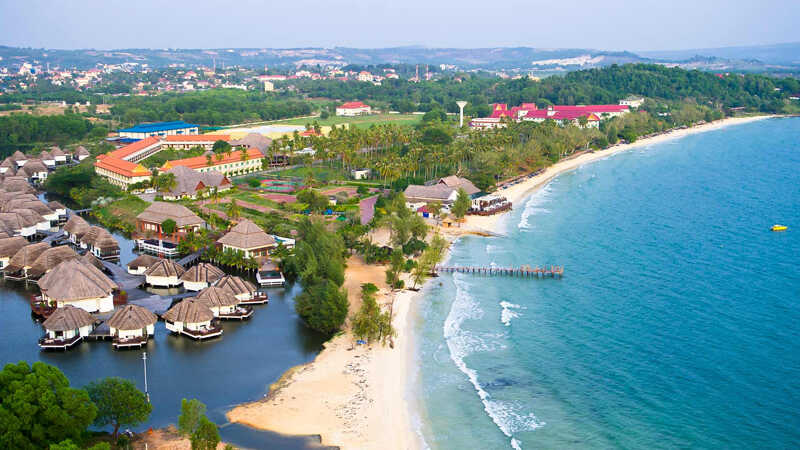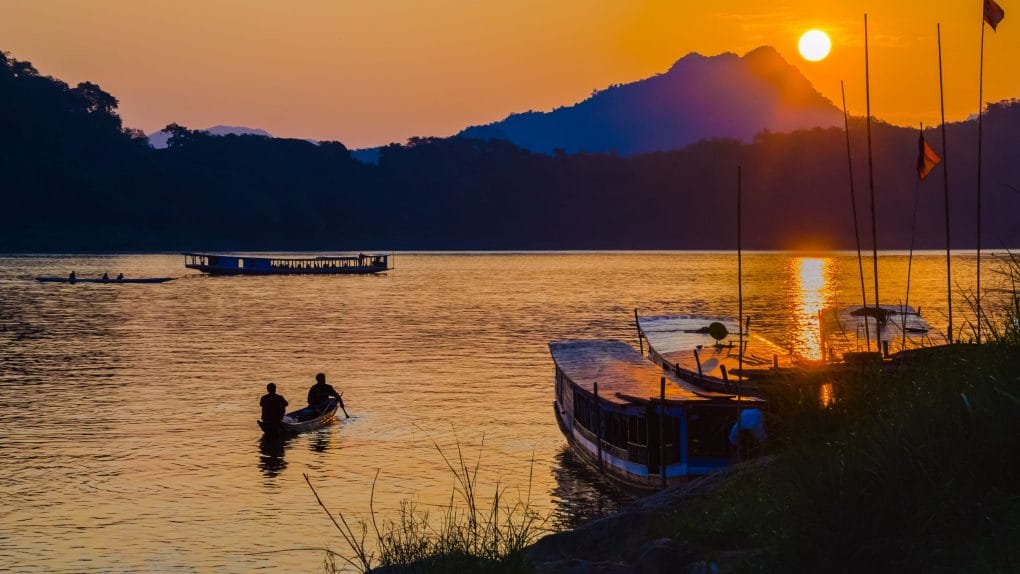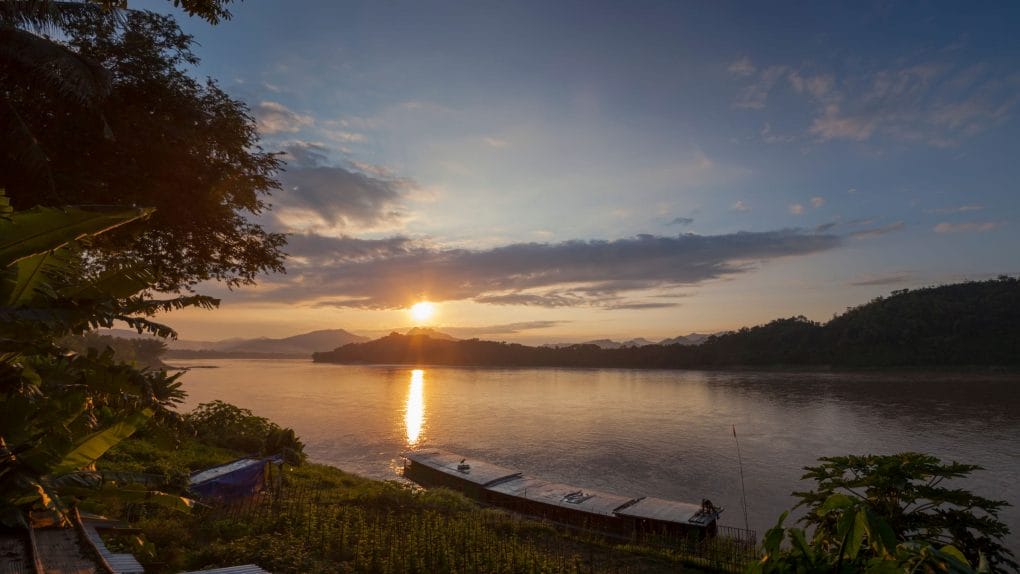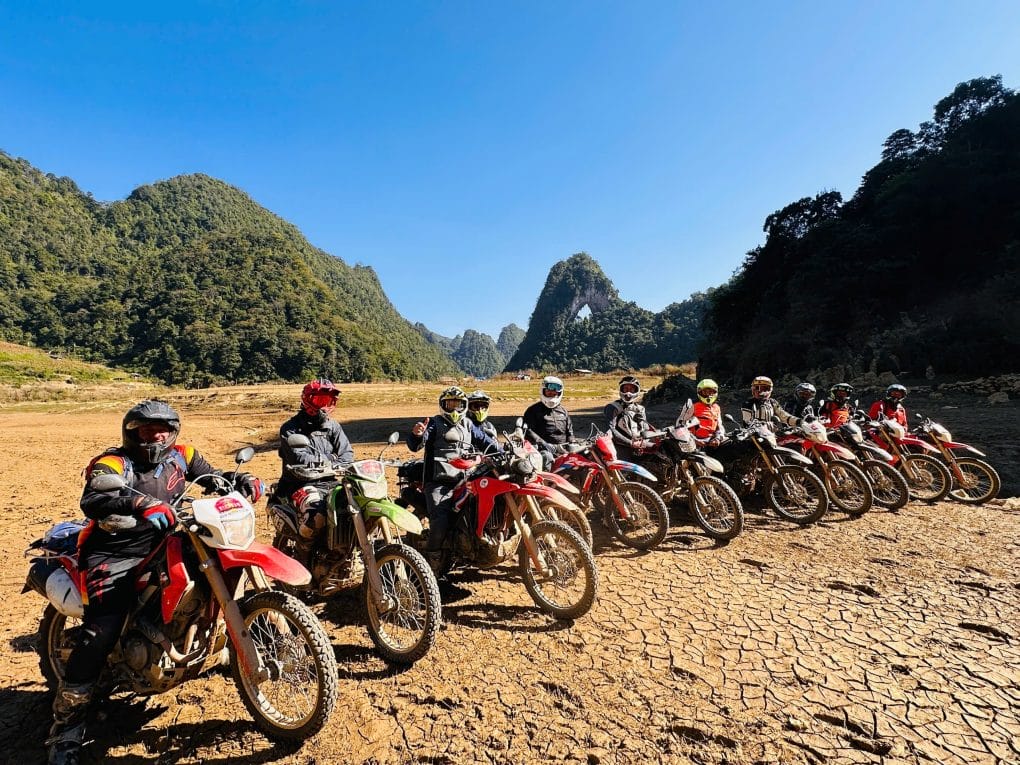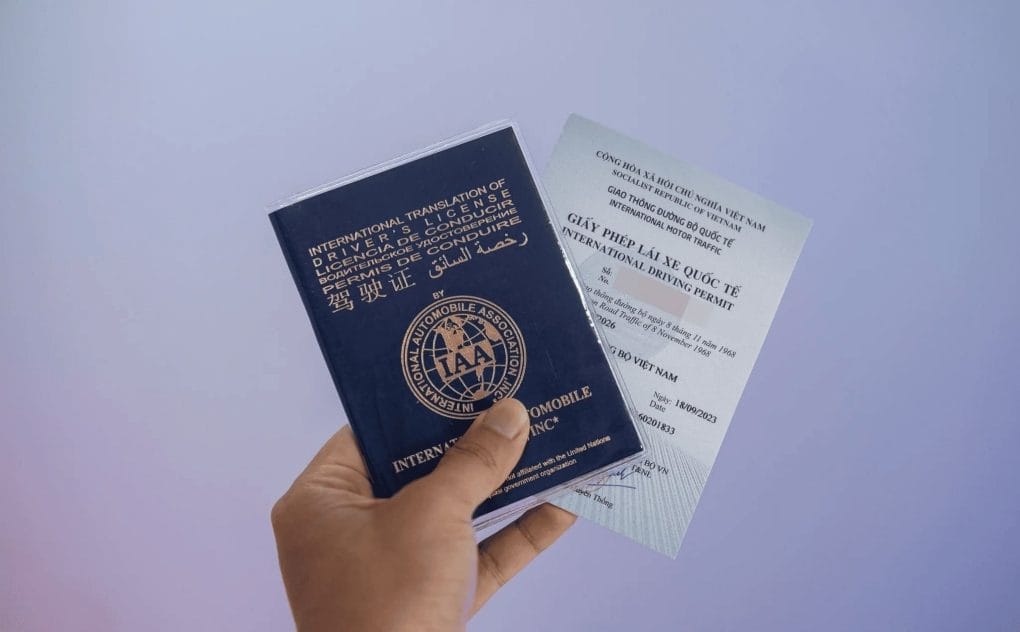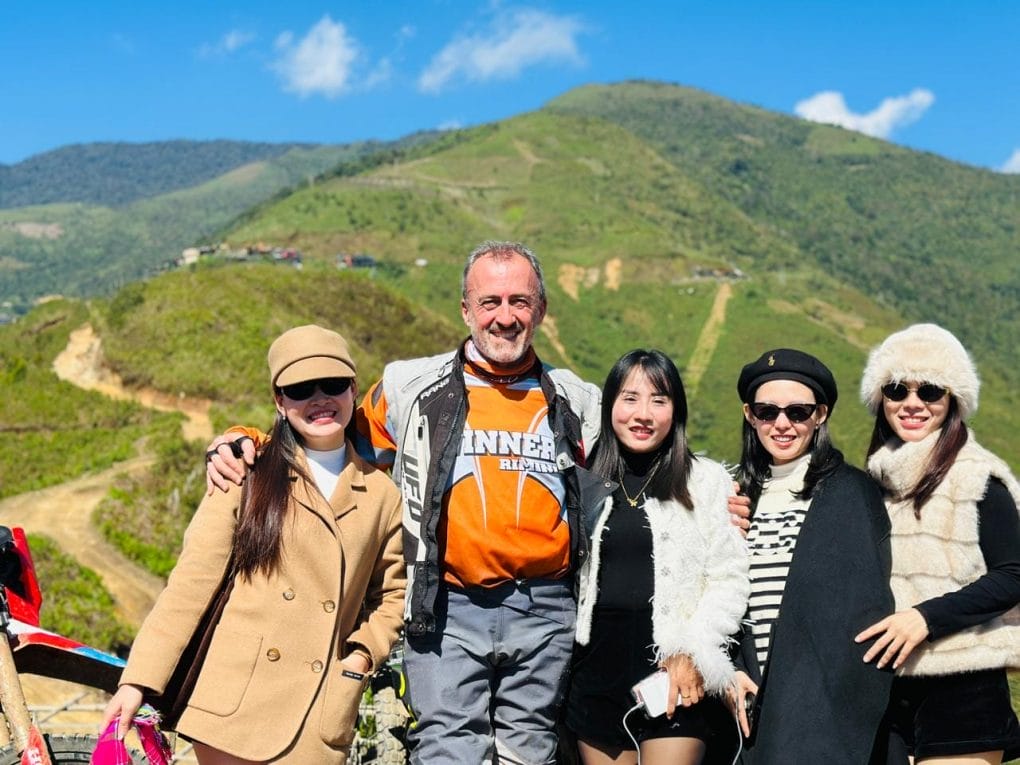THE MON AND KHMER KINGDOMS
The Mon-Khmer speaking peoples are believed to have migrated into mainland South East Asia from either south west China or north east India as early as 2000 BCE. At the start of the first millennium CE, both India and China began to establish trading contacts throughout the wider region; Indian influence was particularly strong in the Mekong basin area, and over successive centuries, as the Mon-Khmer peoples began to develop their own political institutions, Indian ideas and practices regarding kingship, law, religion, art, architecture, literature, language and writing were progressively assimilated.
The political entities which emerged during this period are generally referred to as kingdoms, but it would be more accurate to describe them as mandalas, constantly expanding and contracting spheres of influence based not on territorial boundaries but rather on the personal networks built up around the presumed sacred powers of each king.
By the 3rd century CE the Mon had established a major city-state at Nakhon Pathom, west of Bangkok, from which they gradually built up a large mandala known as Dvaravati (6th-11th centuries), which stretched from southern Burma across what is now central Thailand. In 769 Dvaravati extended its power northwards to the present-day northern Thai city of Lamphun near Chiang Mai, where it founded the kingdom of Haripunjaya. The proliferation of ancient Buddhist sites marked by Dvaravati-style bai sema (temple boundary stones) found along the middle reaches of the Mekong River in what is now central Laos suggests that during this very same period the Mon also extended their sphere of influence eastwards from Haripunjaya through the modern Lao provinces of Bokeo, Sayaburi, Vientiane, Saysomboun, Borikhamxai and Khammouane. Ancient urban centres in that region which are believed to have been established by the Mon include Souvannakhomkham in modern Bokeo Province, Candapuri (Chanthaburi, later the capital city of Vientiane) and Sayfong in present-day Vientiane Prefecture, Phainam (later Viengkham) in modern Vientiane Province and Sri Gotapura (later Sikhottabong) in present-day Khammouane Province. The Mon played a crucial role in the propagation of Therevada Buddhism throughout the wider region, laying the groundwork for its subsequent consolidation as the state religion under the Fa Ngum dynasty of Lane Xang.
Located on the banks of the Mekong River in what is now westernmost Bokeo Province, the ancient city of Souvannakhomkham is thought to have been one of the earliest Mon mandalas in what is now Laos, although much of the present remains are vestiges of a 16th century city established on the foundations of the earlier site by King Sai Setthathirat I (1550-1571) of Lane Xang.
Sri Gotapura (8th-11th centuries) is believed by Lao historians to be one and the same with the kingdom of Wen Dan which, according to Chinese annals, made four successive tribute missions to the Tang dynasty court during the 8th century. Sri Gotapura was based initially on the west bank of the Mekong in modern Thailand at the mouth of the Xebangfai River, but subsequently relocated eastward to the area six kilometres south of modern Thakhek, capital of Khammouane Province, where That Sikhottabong now stands. The mysterious Great Wall, which stretches 15 kilometres from northern Thakhek to rhe Xebangfai River, may well have been part of this city’s fortifications.
Some scholars believe that Candapuri (Chanthaburi), the earliest incarnation of the capital city of Vientiane, originated in the 8th century as a satellite kingdom of Sri Gotapura. The site on which Phra That Luang was later built may have been the spiritual centre of this Mon kingdom, the capital of which was probably situated in the area immediately to the west of the present-day monument where the earliest earthen city wall has been found (see Vientiane City Walls). Cultural links between Candapuri and its close neighbours Sayfong (present-day Hadsayfong District of Vientiane Prefecture) to the south and Phainam (present-day Viengkham District of Vientiane Province) to the north were to endure well into the Lane Xang era.
It has also been conjectured that Muang Sua (the earliest name of Luang Prabang) was originally established by the Mon, although as yet no firm evidence exists to support this theory.
Meanwhile in the south the Indianised Óc Eo civilisation, focused on modern Kiên Giang Province in the Mekong Delta region of southern Vi?t Nam, provided the cultural foundation for the proto-Khmer mandalas of Funan (1st-6th centuries CE) and Chenla (5th-8th centuries), the influence of which extended at least as far north as the present-day southern Lao provinces of Champassak, Attapeu and Sekong. Wat Phu in modern Champassak Province is known to have been a sacred Hindu site from at least the 5th century CE, when the nearby city of Setapura is believed to have served as an important political centre of Upper (Land) Chenla. In the centuries which followed, as Upper and Lower Chenla merged and developed into a unified Khmer kingdom, the magnificent temple complex of Wat Phu Champassak (7th-12th centuries) was constructed here to serve as the spiritual and intellectual centre of a new regional capital Lingapura, along with a Khmer road which linked the region directly to Angkor.
By the 11th century the Khmer had eclipsed the power of the Mon throughout the wider region. Some believe that by the 12th century the Khmer kingdom stretched as far north as Vientiane; the ruined prasat at the rear of Wat Simuang in central Vientiane, the hospital said in an inscription to have been founded at Sayfong (25 kilometres south of Vientiane) by King Jayavarman VII (1181-1218), and the temple at Heuan Hin in Savannakhet Province may all have been rest houses (dharmasala) constructed along the roads which once criss-crossed the Khmer empire.While the true extent of Khmer control over central Laos during this period may never be known, what is certain is that during the following two centuries the region was steadily subsumed into a patchwork of Tai muang, laying the groundwork for the establishment of the Lane Xang kingdom.


